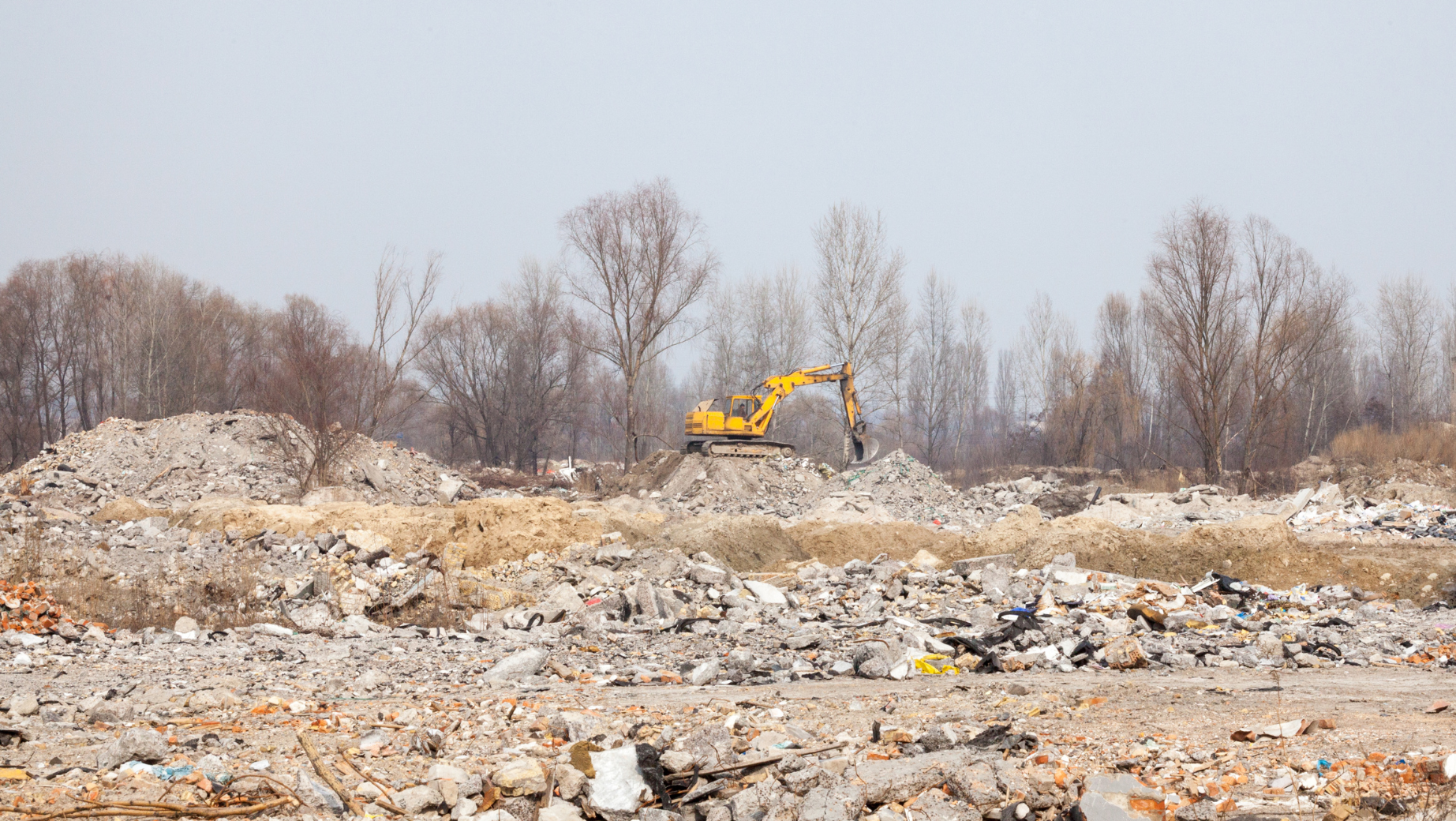The History and Hazards of Asbestos: What Building Owners Should Know

Asbestos Awareness:
Key Information for Building Owners on Asbestos History and Hazards
Asbestos, a group of naturally occurring minerals known for their heat resistance and tensile strength, was once hailed as a “miracle material” and extensively used in construction and various industries. However, as the dangers of asbestos became apparent, its reputation drastically changed. Building owners need to understand the history and hazards of asbestos to ensure safety and compliance with regulations.
The History of Asbestos
Asbestos use dates back thousands of years, but it gained widespread popularity in the late 19th and early 20th centuries. It was commonly used in insulation, roofing, flooring, cement, and many other building materials due to its durability and fire and corrosion-resistant properties. Its peak usage occurred between the 1940s and 1970s, particularly in the construction and shipbuilding industries.
During this period, asbestos was prized for its ability to strengthen materials and provide thermal insulation. Products containing asbestos included pipe insulation, brake linings, ceiling tiles, and more. Unfortunately, the extensive use of asbestos coincided with growing evidence of its health hazards.
The Hazards of Asbestos
Health Risks
The primary danger of asbestos lies in its microscopic fibers, which can be easily inhaled when materials containing asbestos are disturbed. Once inhaled, these fibers can become lodged in the lungs and other tissues, leading to severe health problems, including:
- Asbestosis: A chronic lung disease caused by the scarring of lung tissue, leading to shortness of breath and increased risk of lung infections.
- Lung Cancer: Prolonged exposure to asbestos fibers increases the risk of developing lung cancer.
- Mesothelioma: A rare and aggressive cancer that affects the lining of the lungs, abdomen, or heart, almost exclusively caused by asbestos exposure.
- Other Cancers: Asbestos exposure has also been linked to cancers of the larynx, ovaries, and gastrointestinal tract.
Environmental Impact
Asbestos fibers are not only hazardous to human health but also pose environmental risks. Improper disposal of asbestos-containing materials can lead to soil and water contamination, affecting wildlife and ecosystems. This underscores the importance of safe handling and disposal practices.
What Building Owners Should Know
Identification and Assessment
Building owners should be aware that any structure built before the 1980s is likely to contain asbestos. A thorough asbestos survey by qualified professionals is essential for identifying asbestos-containing materials (ACMs) in a building. Regular inspections and risk assessments help manage potential asbestos hazards.
Safe Management and Removal
If asbestos is found, it must be managed safely. In some cases, ACMs can be left in place if they are in good condition and unlikely to be disturbed. However, if removal is necessary, it should be carried out by licensed asbestos abatement professionals to prevent fiber release and ensure compliance with regulations.
Legal and Regulatory Compliance
Building owners must comply with federal, state, and local regulations regarding asbestos management and removal. The U.S. Environmental Protection Agency (EPA) and the Occupational Safety and Health Administration (OSHA) provide guidelines and regulations to protect public health and safety.
Understanding the history and hazards of asbestos is crucial for building owners to protect occupants and the environment. Proper identification, management, and disposal of asbestos are essential steps in maintaining a safe building and complying with legal requirements. By staying informed and taking appropriate actions, building owners can mitigate the risks associated with asbestos and ensure a healthier environment.





